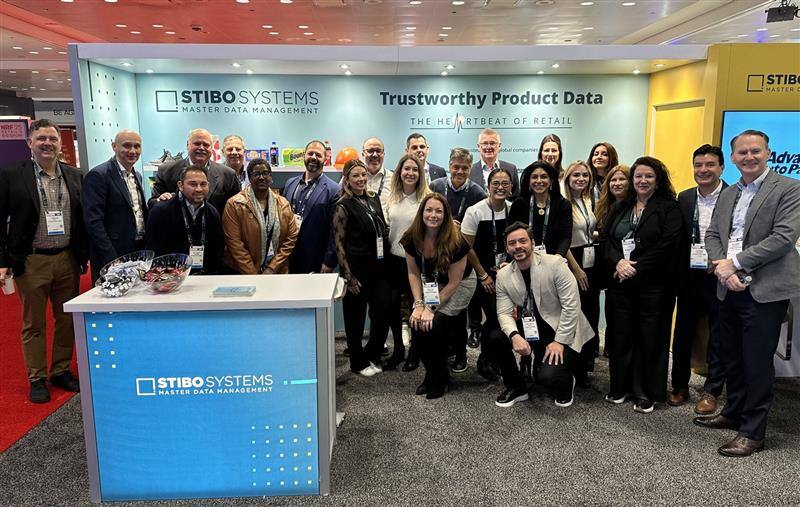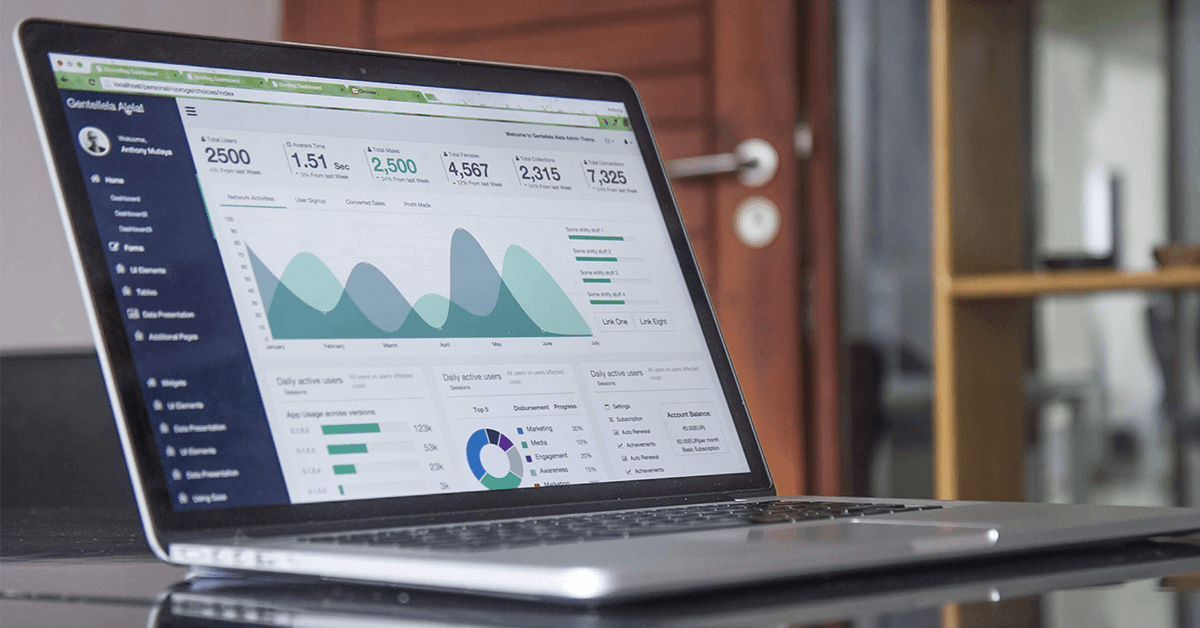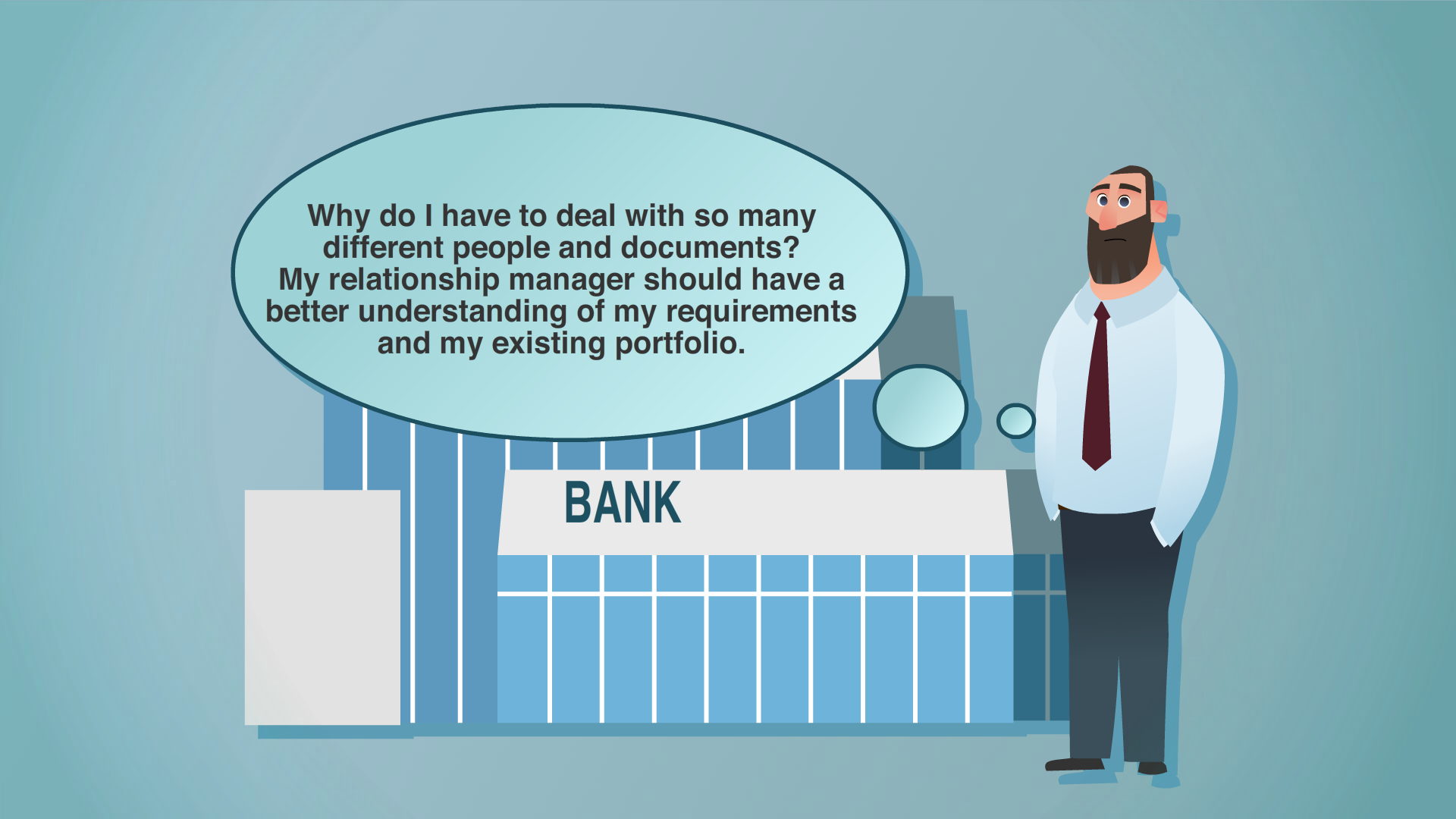Managing product information effectively is an art and a science. Especially if you’re in a large organization where the standards are always high.
Your customers demand product data that's consistent, detailed and always up-to-date across every sales channel. But with so many products, systems, channels, (customers)... what technology do you need to do it effectively at scale?
You probably need either a PIM, or something that works with it or enhances it. But PIM has evolved in recent years, so there are a few different types of systems you may consider.
The stakes are high, and the opportunities are great, so please allow me to lay it all out for you: All the basics you need to get a good picture of the landscape, and make sure you have the best system for your organization’s unique needs.
We’ll cover:
- What is PIM?
- What PIM does
- The difference between PIM and PXM
- How we here at Stibo Systems approach this
- How PIM complements MDM
- A summary of PIM business benefits
Let’s start from the top:
What is Product Information Management (PIM)?
At its core, PIM pulls together product information that's usually scattered across your organization. From spreadsheets, supplier databases, ERP systems and so on.
It creates one central place where all your product data lives.
You can organize everything from basic specs and pricing to marketing descriptions and product photos – even with different versions for different markets. Your B2B customers might need detailed technical specifications, while your retail shoppers want simple, benefit-focused descriptions.
Other systems in your business can then tap into this single source of product truth.
No more conflicting information floating around in different departments. When you update a product detail once, it's updated everywhere.
PIM works great with MDM
Many organizations also use Master Data Management (MDM) to handle data across multiple domains like customers, suppliers and locations.
PIM works perfectly alongside MDM, focusing specifically on the complex needs of product information while contributing to your overall data strategy.
This combination becomes particularly powerful when you need to connect products with customer preferences or location data for personalized experiences.
I will cover the PIM-MDM relationship later in this blog post.
Cloud-based PIMs

The cloud-based PIM solutions available today do much more than just store data. They also incorporate:
- AI tools that help generate content and identify data issues
- Quality monitoring that ensures consistency across channels
- Digital asset management for images, videos and documents
- Workflow automation to speed up content creation and approval
- Syndication tools that format your data for different sales channels
As your business grows across markets and channels, cloud PIM grows with you without you needing major investments in infrastructure. You can launch products faster, maintain higher data quality and create consistent customer experiences across every touchpoint.
Modern PIM doesn't just house your product data. It actively makes your information so much more valuable.
Discover how Truffaut unified product data and accelerated time to market with SaaS-based PIM.
What PIM does
Any modern PIM solution comes with several core capabilities that work together to transform how you manage product information.

Each capability addresses specific challenges you face when handling complex product data across multiple channels.
Workflow and business process management
You control exactly how product data moves through your organization. Map out your real business processes – from initial product creation to final approval. If Marketing needs to review descriptions, or Legal has to sign off on safety warnings, you can set it all up visually.
The system tracks every step, showing you where each product stands in the process. So, no more email chains asking about approvals or wondering about bottlenecks.
Data modeling
Build the exact structure your business needs for organizing product information. You decide what matters.
Define which attributes each product requires, how products connect to each other, and which fields are mandatory versus optional.
- A fashion retailer needs size charts and washing instructions.
- An industrial equipment supplier needs voltage specs and compatibility matrices.
Same PIM platform, completely different setups.
Loading and sync capabilities
Import massive amounts of data quickly – millions of products in hours, not weeks.
Your PIM connects directly to other systems like ERPs or supplier databases. When something changes in one system, it updates everywhere else automatically. Price changes, inventory updates, new product specs – they all flow seamlessly.
Data quality and semantics
Your PIM catches data problems before they hurt your business.
- Profiling your information to identify patterns and outliers
- Cleansing data based on your business rules
- Finding and merging duplicates
- Standardizing formats across your whole catalog
The system spots missing product weights, flags descriptions that are too brief and alerts you when categories don't match your taxonomy. Like having quality control that runs 24/7.
Hierarchy management
Products exist within complex structures – categories, product families, collections. Your PIM handles these relationships naturally.
You can create category trees that match how customers browse, build product bundles and kits, manage regional variations, and organize seasonal collections.
Visual tools let you reorganize quickly. If you need to move 500 products to a new category, you just drag them over.
Performance, scalability, and availability
Your PIM adapts as you grow. A good system can handle both your current needs and your ambitious plans.
They maintain fast response times under heavy load, operate reliably across global locations, scale from thousands to millions of products and give you the uptime your business needs.
Data stewardship and governance
Every piece of product data needs an owner, and your PIM provides the controls to manage this.
Dashboards show you:
- Data quality metrics
- User activity
- System performance.
Teams stay on top of their specific areas, executives see the big picture – and you also have complete audit trails that track every change.
Those were the core features – there are more
The above capabilities create the foundation of modern PIM systems.
The market has expanded well past these basics, though. Many PIM systems can do a lot more. You might add digital asset management for product images and videos, AI tools for generating content, supplier portals for easier onboarding or modules for handling regulatory compliance.
The difference between PIM and PXM
The product information landscape has really changed in recent years.
PIM is still essential, but many organizations now see it as just one part of a broader approach called Product Experience Management (PXM). PXM builds on the foundation that PIM provides.

PIM centralizes and manages product data.
PXM focuses on enhancing customer experiences with personalized product content.
PIM has evolved into PXM, and that evolution is a result of changing customer expectations across digital and physical channels.
When we compare PIM and PXM side by side, the differences become clear:
PIM creates a central home for product information, ensuring data accuracy and distributing basic product details across channels. It helps with operational efficiency and data quality.
PXM takes that product data and transforms it into engaging, personalized experiences for different customer segments. It focuses on driving sales and customer satisfaction rather than just organizing information.
For organizations considering the move from PIM to a more comprehensive PXM approach, this product experience software checklist highlights key evaluation criteria.
At Stibo Systems, we do PXM (and a lot more)
At Stibo Systems, we have built our Product Experience Data Cloud (PXDC) to handle both PIM and expanded PXM capabilities in one system.
PXDC works in three main steps:
First, it connects data from all your sources – ERPs, supplier feeds, legacy databases – creating a single source of truth you can trust.
Next, it transforms basic product data into rich content. Your teams add images, videos, descriptions and technical documents. Built-in validation checks maintain quality throughout.
Finally, the platform distributes this enhanced content across all your sales channels. It formats everything appropriately for each destination. Changes sync automatically everywhere.
Now, let’s take a moment to explain the relationship between PIM and MDM.
How PIM and Master Data Management work together
MDM manages various types of business data – customers, suppliers, locations and products – all in one place. PIM gives your product information the specialized attention it needs.
Some platforms, including ours at Stibo Systems, provide both capabilities on a single foundation, which can simplify your technology landscape considerably. When you use MDM and PIM together, you get consistent data practices across your whole business, while your product information gets the focused tools and features it requires.
Let's say you're a global manufacturer:
- Your MDM keeps supplier information consistent across all your regional offices
- Your PIM handles detailed product specs, images and content for different sales channels
MDM sets the overall data standards, while PIM focuses on the specific needs of product content.
Connecting data across your business
Things get really interesting when you connect data between PIM and MDM. PIM manages your rich product content, while MDM links that product information with other business data.
Here's how companies typically connect these systems:
- They use MDM to match customer preferences with product features for better recommendations
- They link supplier data with product components to track where materials come from
- They connect product availability with store locations for accurate inventory
- They tie regulatory requirements to specific products and regions
Keeping your tech simple
Using specialized systems for different purposes helps you avoid the headaches of trying to make one system do everything.
PIM gives your product teams the exact tools they need, while MDM takes care of the bigger picture by connecting with your ERP, PLM and other enterprise systems to make sure everyone uses the same product identifiers and data standards.
Your product marketers get tools designed for their work in PIM, rather than struggling with systems built for IT departments.
Meanwhile, your data governance team uses MDM to set company-wide rules about who can access data, how it should be managed and what quality standards to follow.
Growing without losing control
As your business expands, you'll have more data to manage – more products, more markets, maybe even new companies through acquisitions.
Using PIM and MDM together helps you grow without letting data quality slip.
For example, if you're expanding globally, MDM helps you set up consistent organizational structures across regions. At the same time, PIM handles all the product-specific details like translations, local regulations and regional product variations.
Related must-read: 5 PIM Trends That Will Define 2026 and the Near Future (And How to Prepare for Them)
A summary of PIM business benefits
I have already touched upon some of these already, but let’s go through some of the main reasons why companies use PIM.
The benefits stretch well beyond just organizing product data. And many of them directly impact your operational efficiency, market agility and customer satisfaction.

Breaking down data silos
PIM eliminates isolated pockets of product information scattered throughout your organization.
- Marketing teams
- E-commerce specialists
- Sales representatives
- Product managers
...all of them work from the same trusted source. And trust is a key word here. It one of those ultimate game-changers. It brings certainty and predictability to work. A lot of stress goes away.
An example of silo-busting:
A manufacturing company who struggles with product data spread across spreadsheets, ERP systems and departmental databases can use PIM to consolidate all product information into one central system.
Teams now access consistent information regardless of department, and product updates automatically flow to all channels, eliminating the confusion and errors caused by multiple conflicting data sources.
Faster time-to-market
PIM reduces the time you need to launch new products or expand into additional sales channels.
With streamlined workflows and automated processes, you can introduce products to market weeks or even months faster.
If you’re a fashion retailer, imagine reducing your product introduction timeline from 12 weeks to just three weeks after implementing PIM.
You automate data collection, enrichment and channel distribution, and therefore cut out manual steps. That means you can capitalize on trends more quickly and reduce seasonal inventory risks.
Explore how Direct Supply slashed onboarding time and boosted data accuracy with PIM.
Operational efficiency gains
PIM eliminates redundant work and automates repetitive tasks in your product information processes. That means your teams spend less time on manual data entry and more time on high-value (and fun) activities.
You gain efficiency through:
- Reduced manual data entry through automated imports and bulk editing
- Decreased error correction costs with built-in validation rules
- Improved team collaboration with workflow management tools
- Lower resource requirements for managing product content
- Decreased time spent responding to data quality issues
- Meeting regulatory requirements
PIM helps you manage complex regulatory requirements for product information across different markets. You can track required attributes, manage translations and ensure all products meet local standards.
If you’re a consumer goods company, you may, for example, use PIM to manage ingredient listings, safety warnings and packaging information across global markets.
The system flags missing regulatory information before products launch, preventing costly compliance issues and potential product recalls. When regulations change in specific regions, they update requirements in one place, and the system automatically identifies affected products.
See how Nortera built a single source of truth to streamline compliance and scale operations.
Better customer experience
When your customers are always provided accurate, complete product information, you give them more confidence and you tear down purchase barriers.
Your PIM ensures your customers have that consistent, high-quality product content – regardless of how they shop.
For example, a building materials distributor can dramatically reduce product returns by implementing PIM. By providing complete specifications, installation guides and compatibility information, they can help customers make better purchase decisions.
And it doesn’t end there: The improved content can also reduce customer support calls about product features and installation requirements. Operational costs go down, customer satisfaction up.
Let’s wrap everything up
Product Information Management – PIM – has evolved from simple data storage into an essential business capability.
Modern PIM systems provide the structure, tools and processes you need to maintain trustworthy product information across all channels.
When implemented effectively, PIM helps your teams work more efficiently, provides your customers with better information and enables your business to adapt quickly to market changes.
You connect product data with broader data management strategies. And that opens up a whole new world of opportunities for personalization and new insights.









































































































































































































